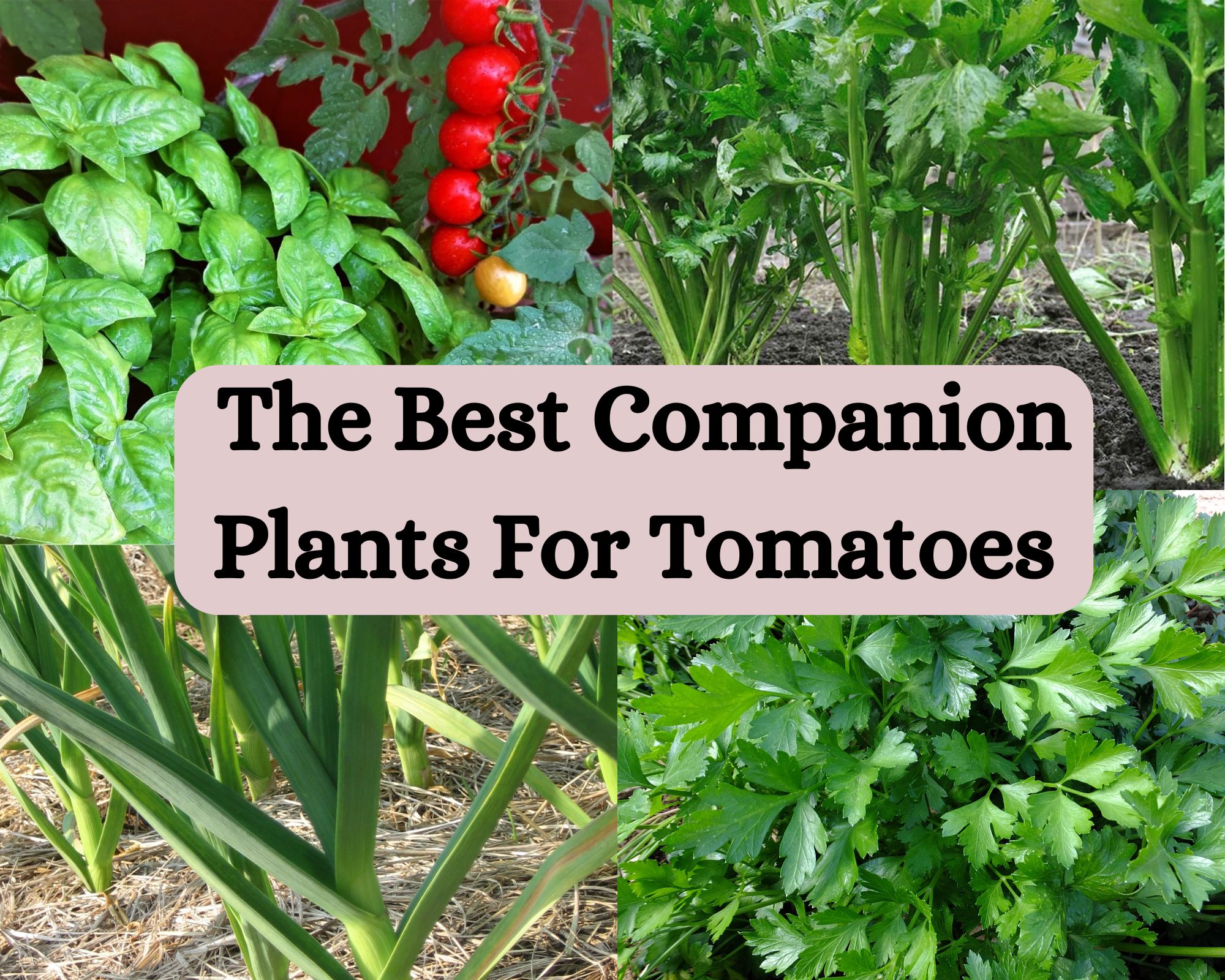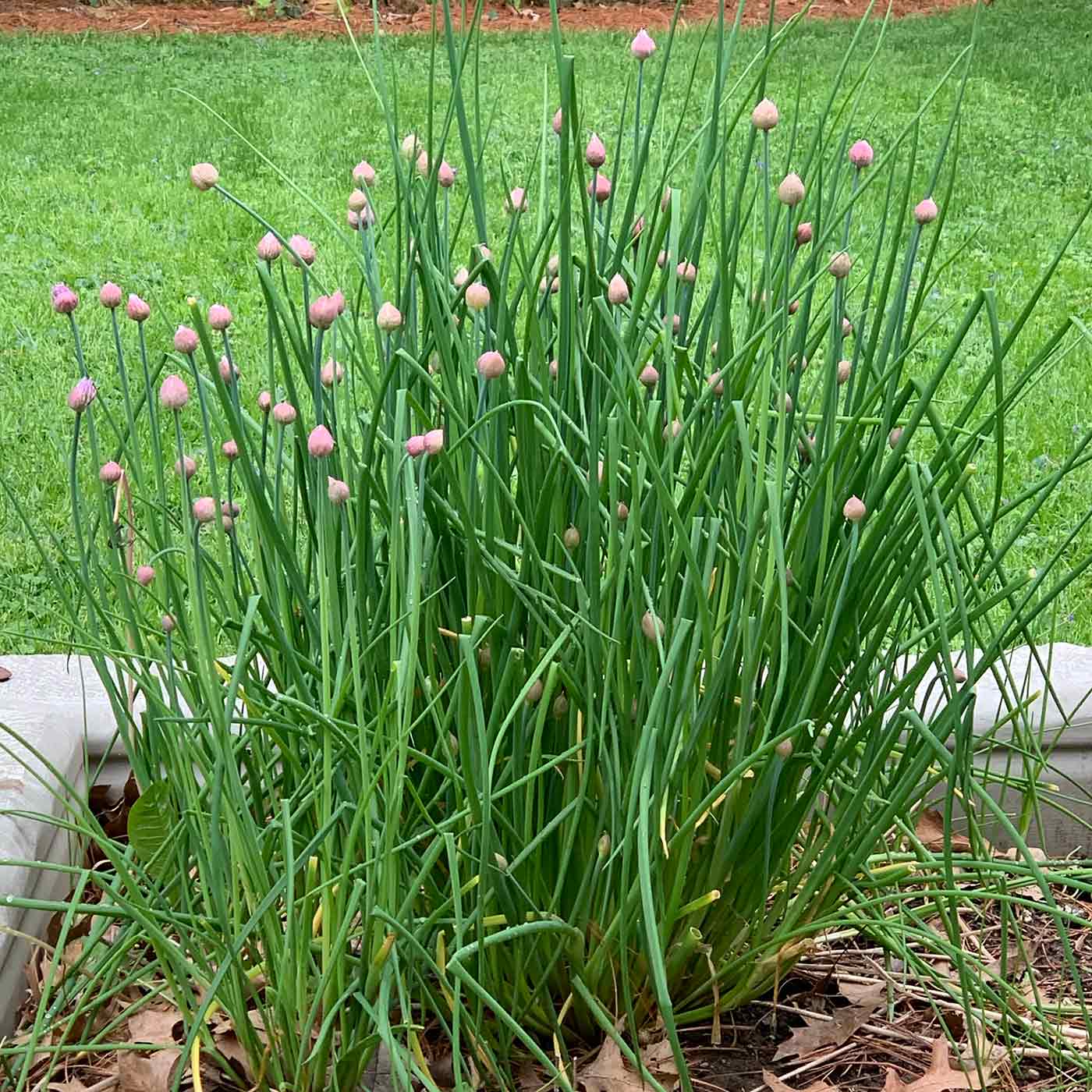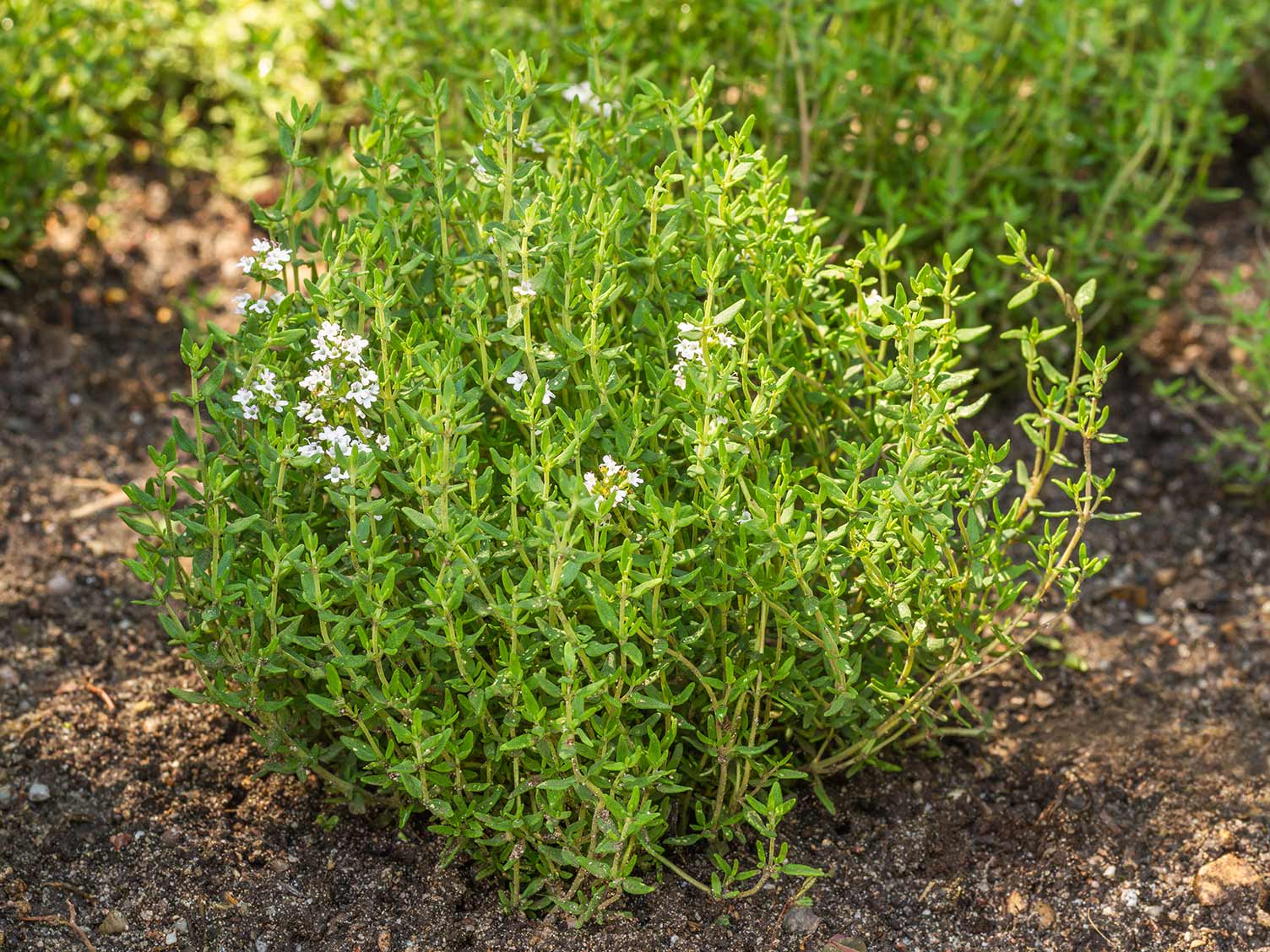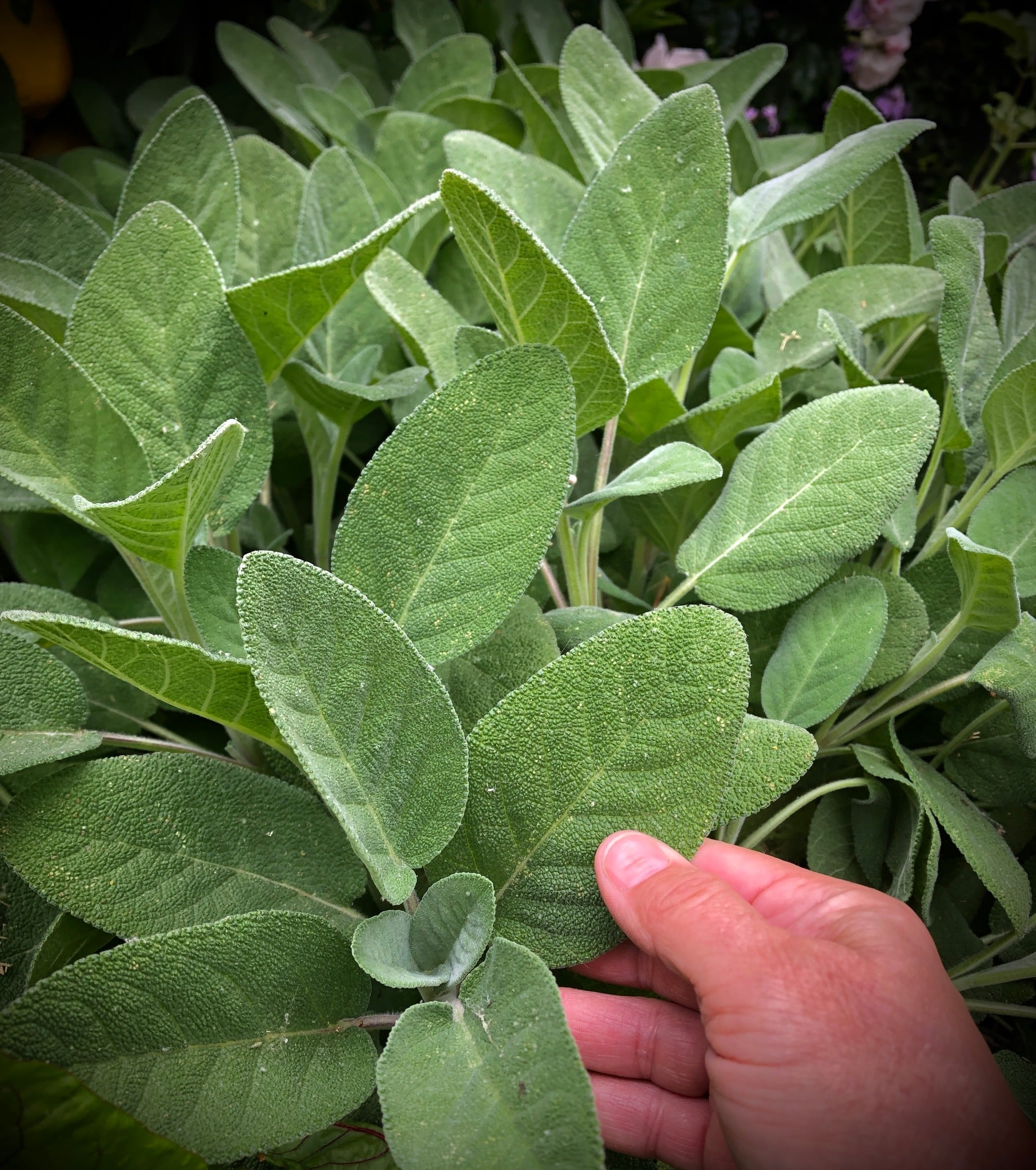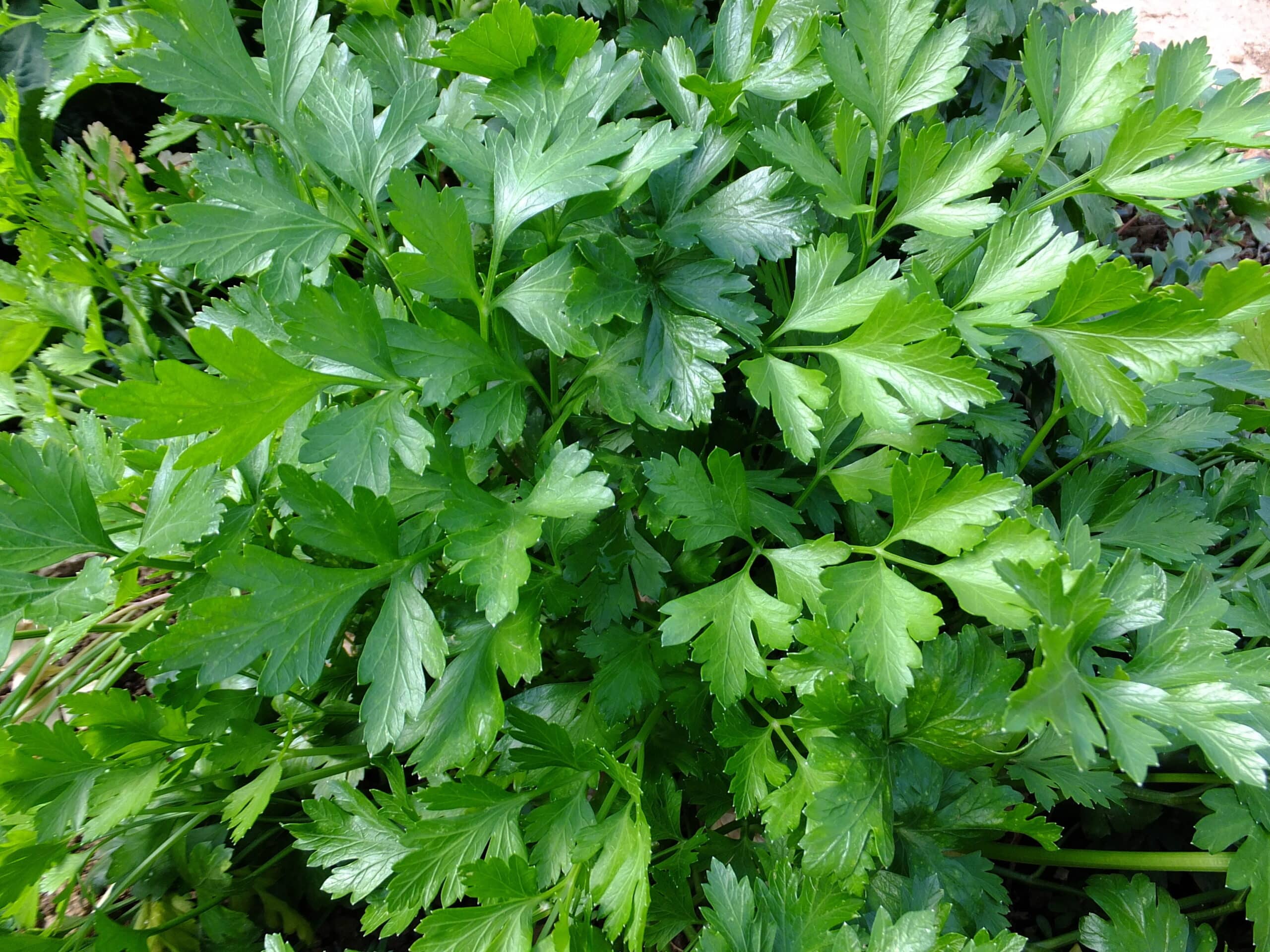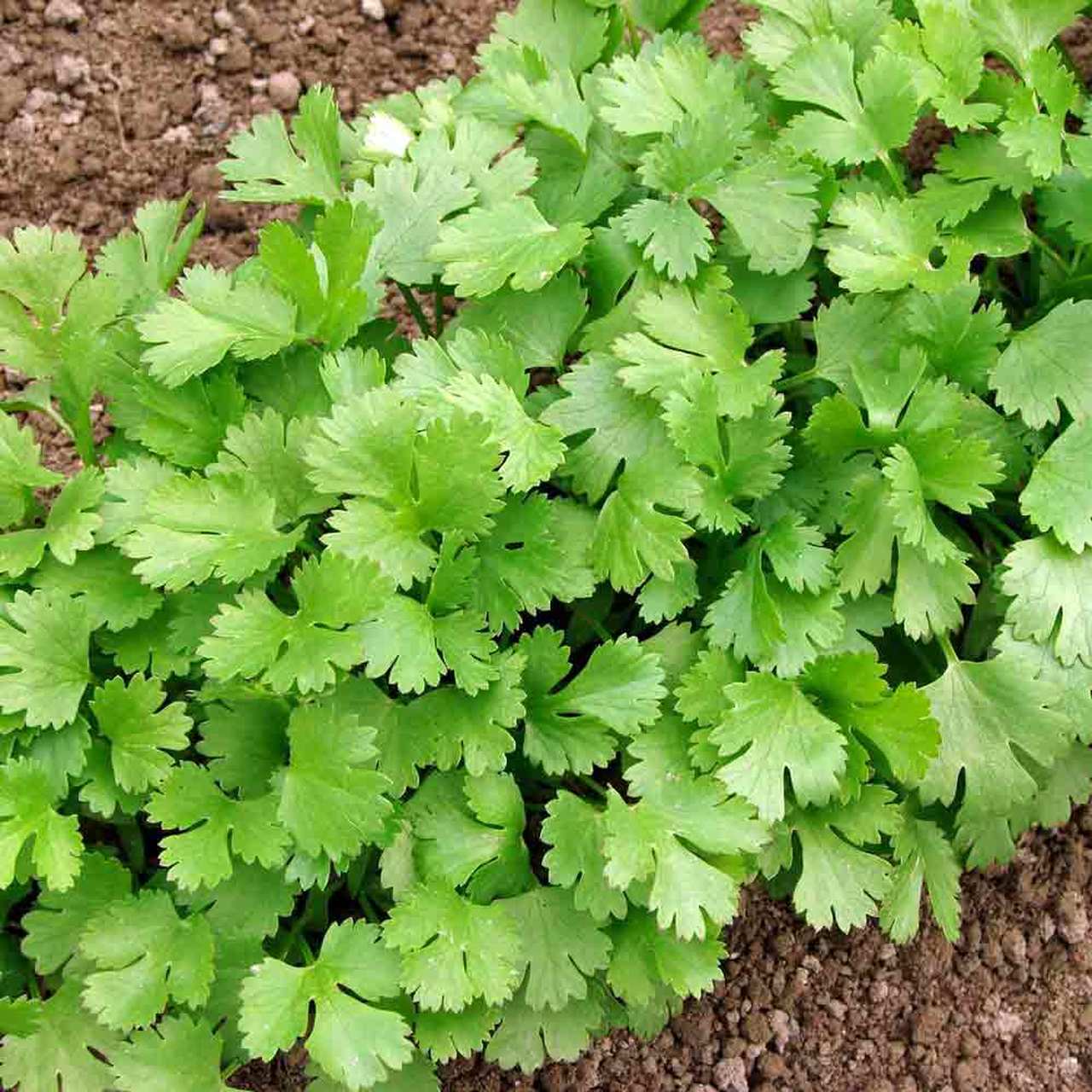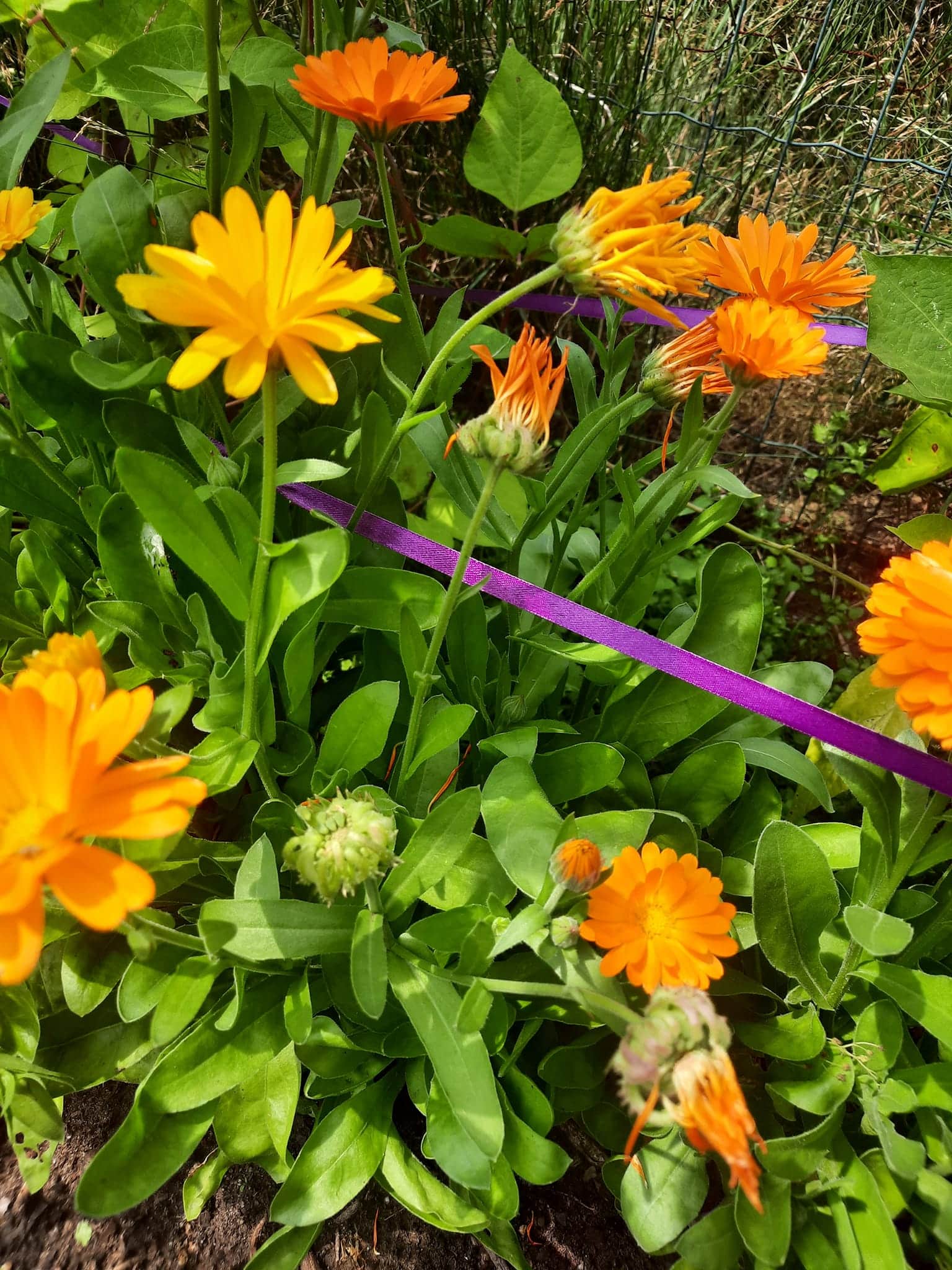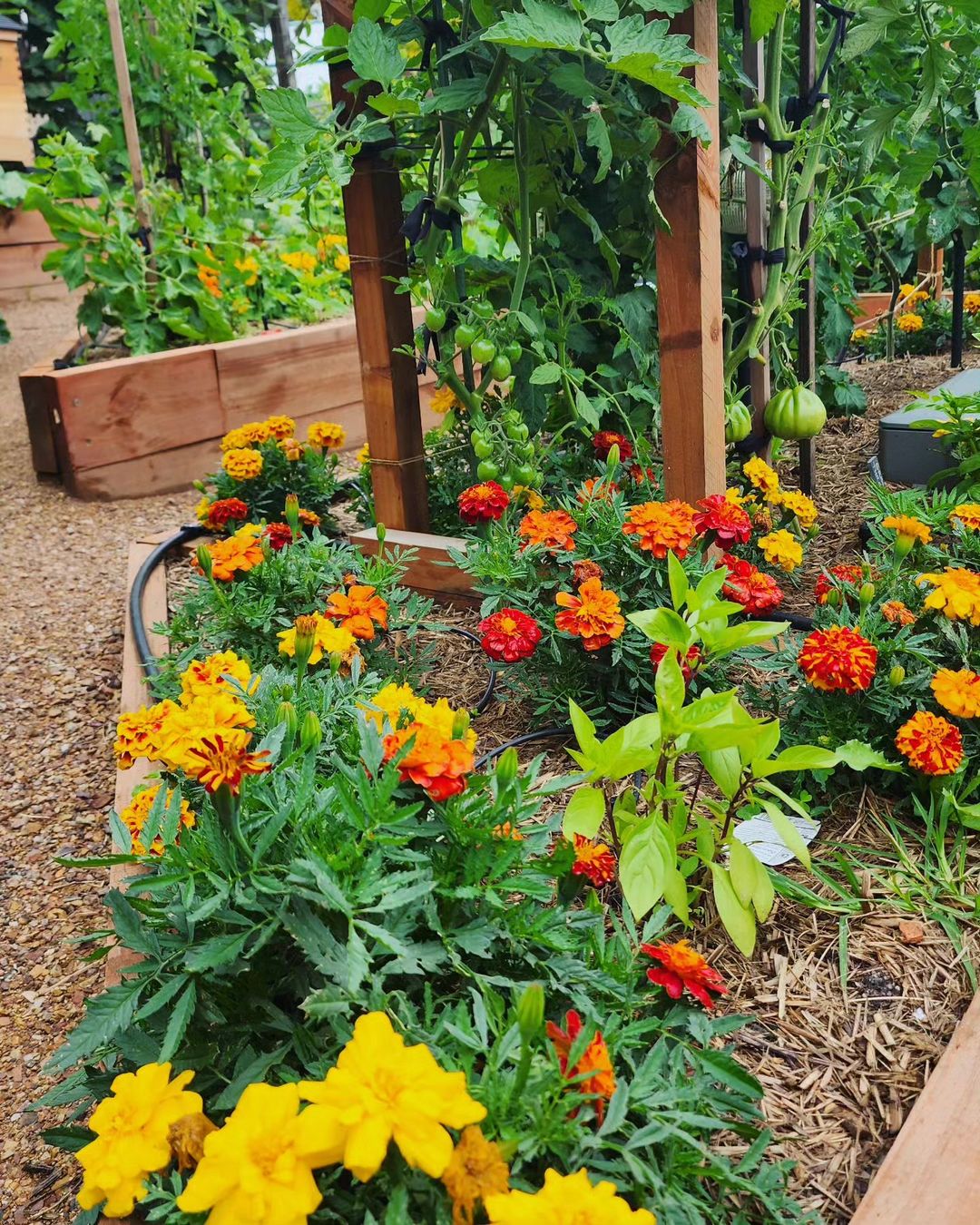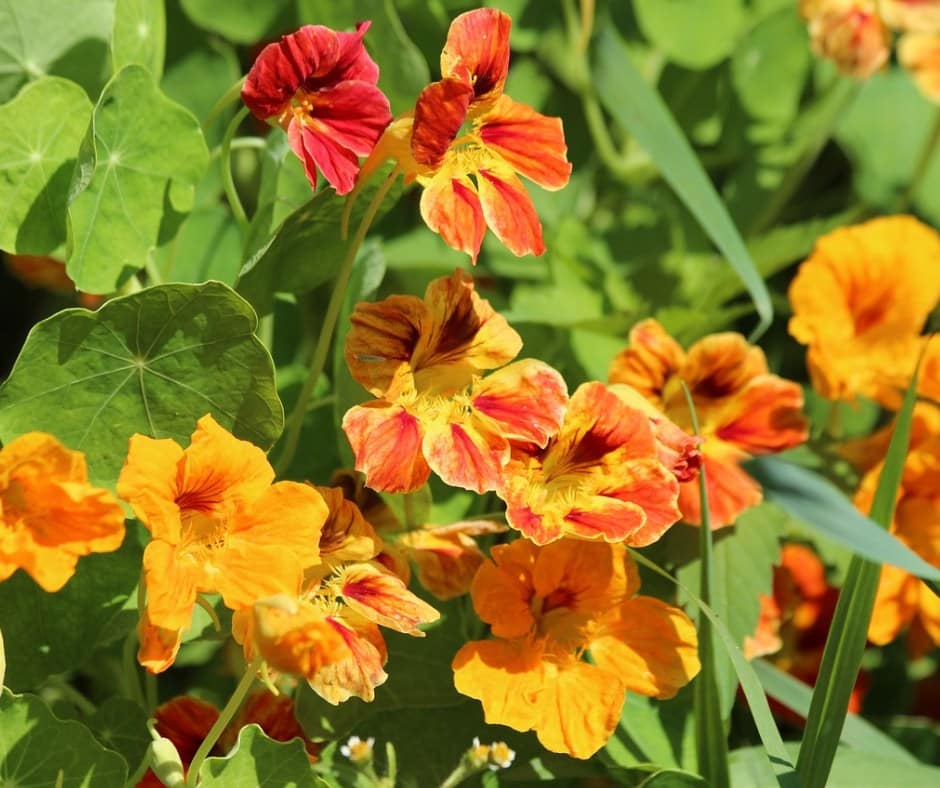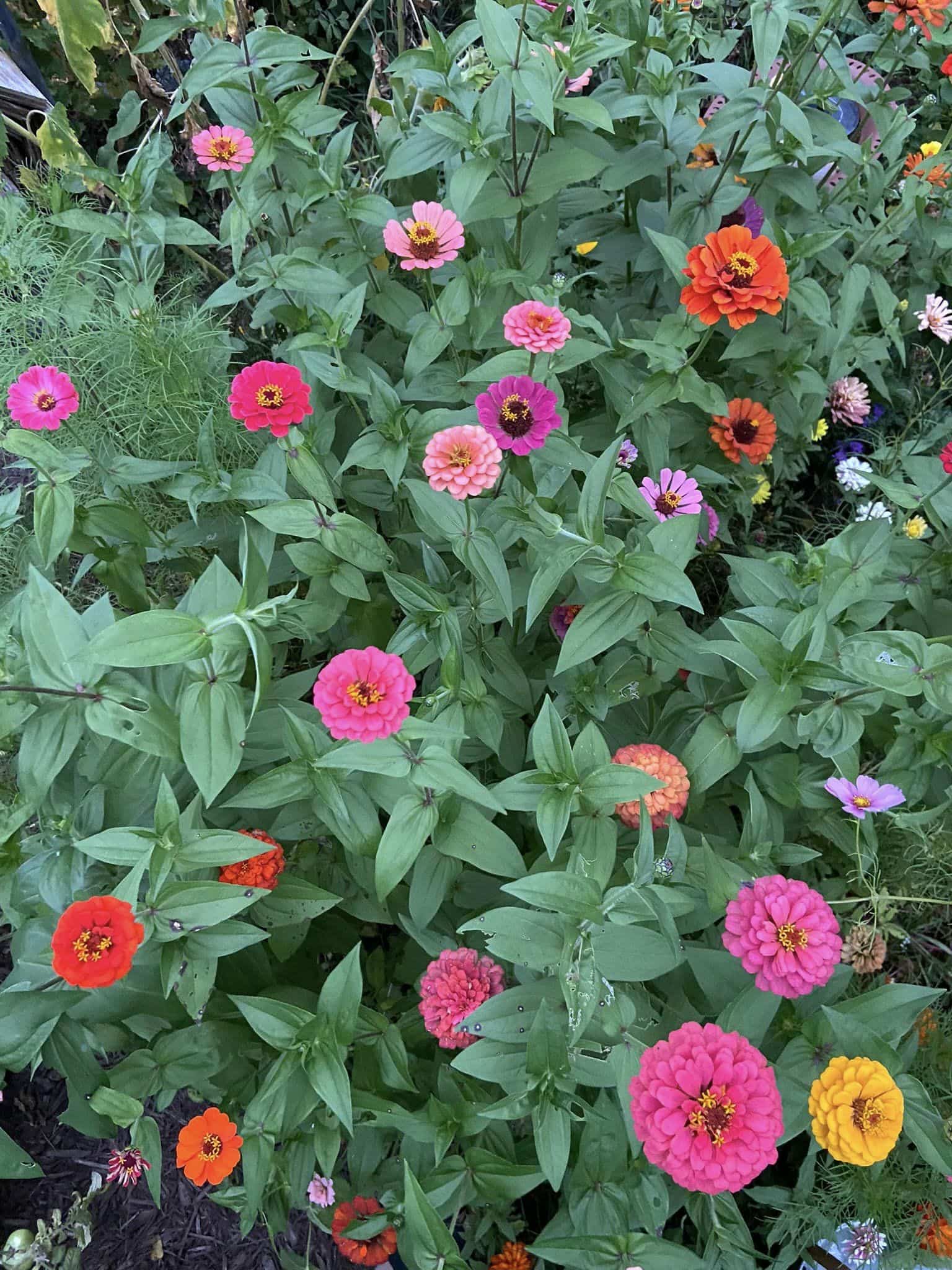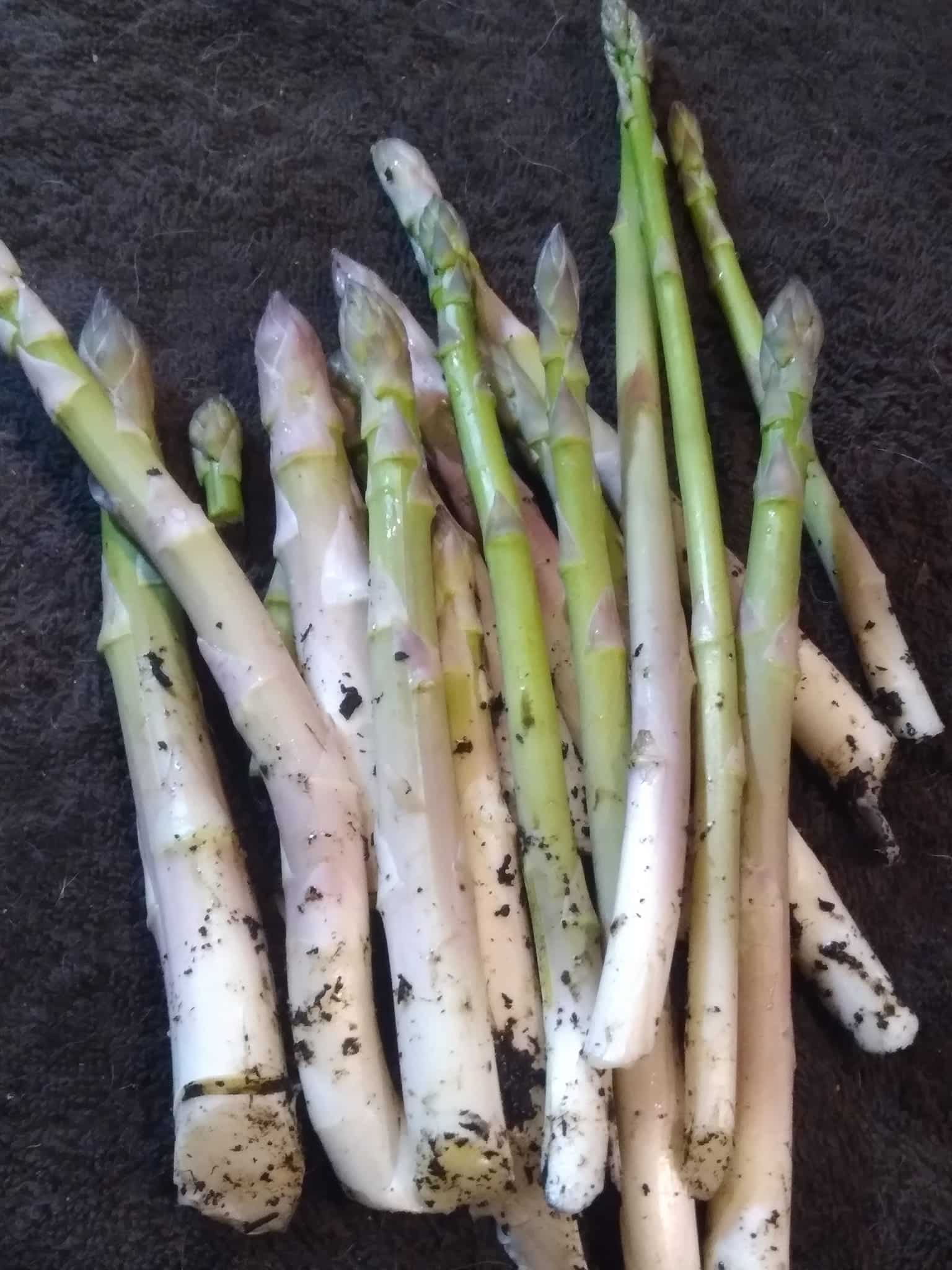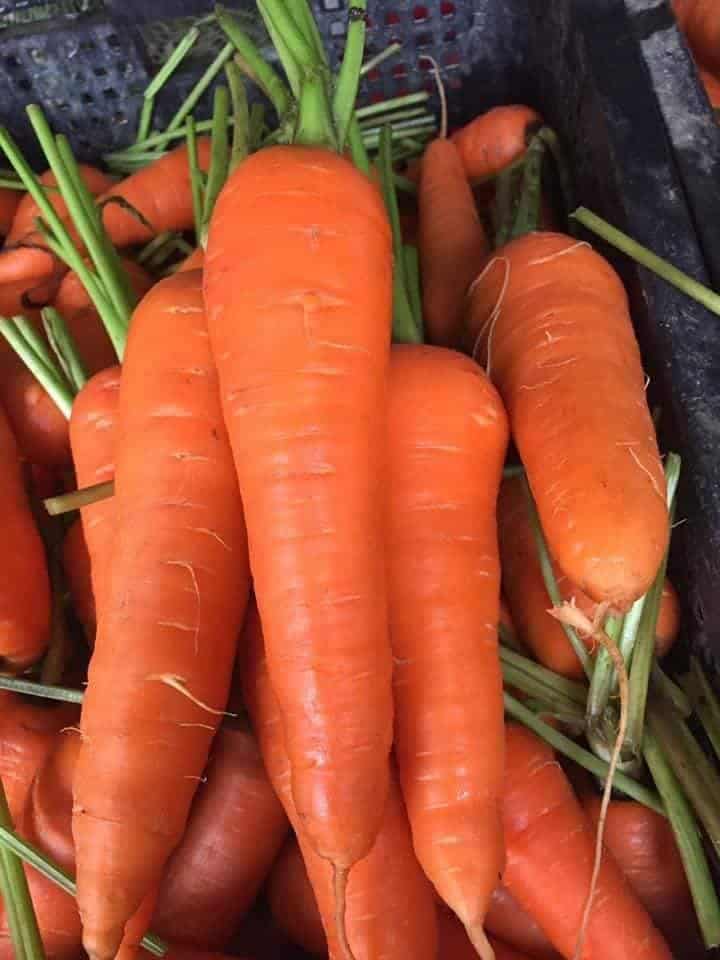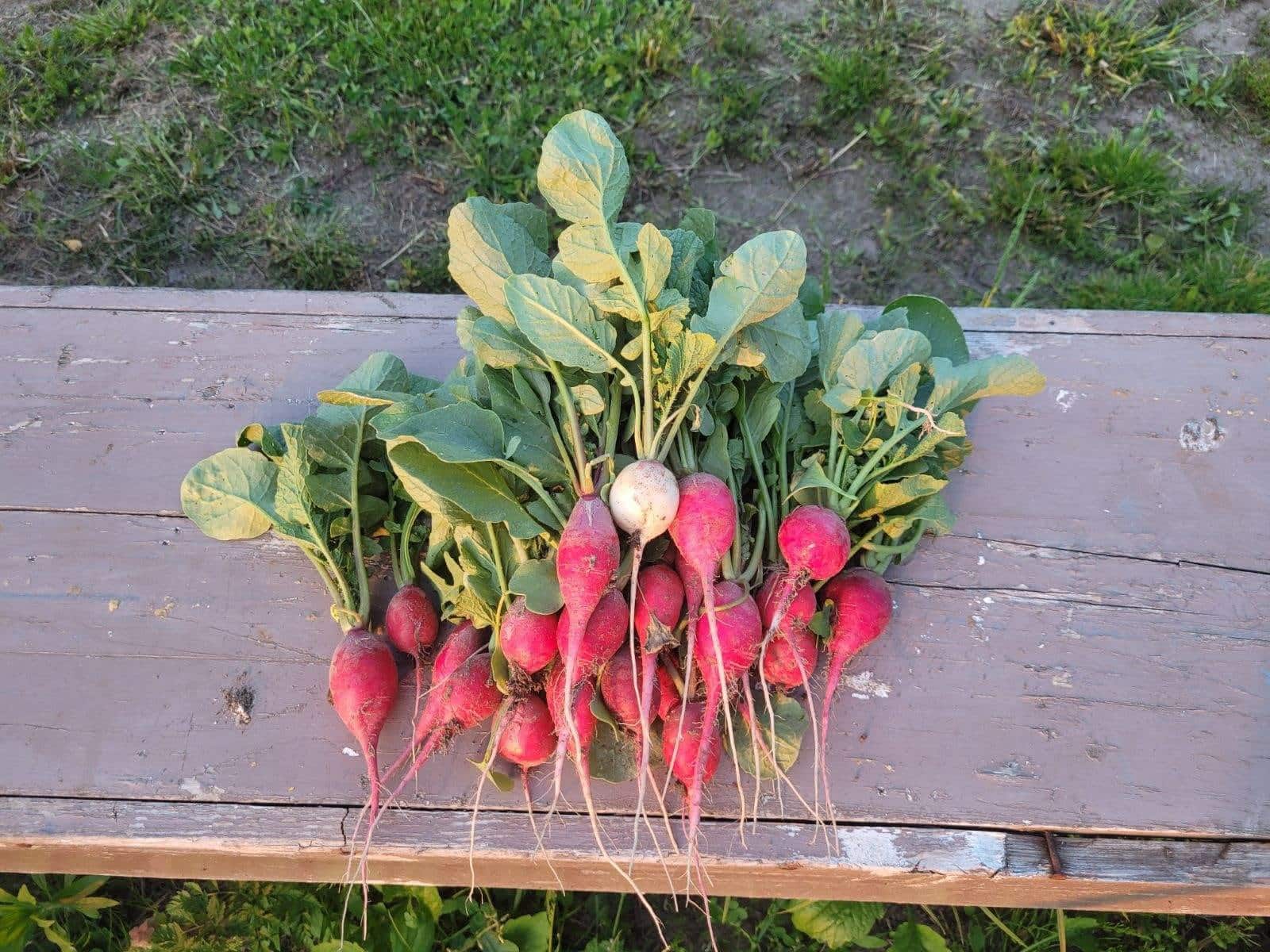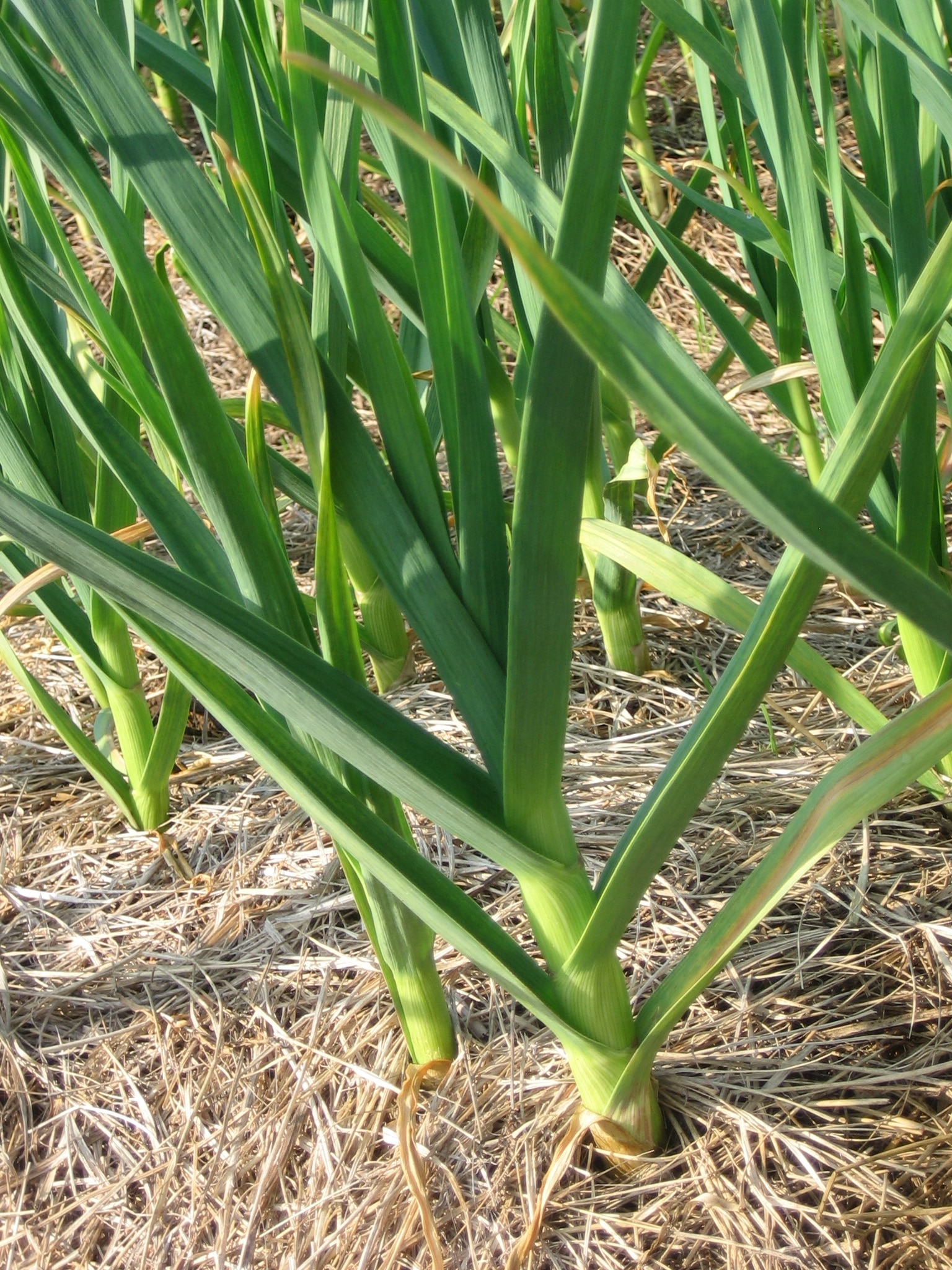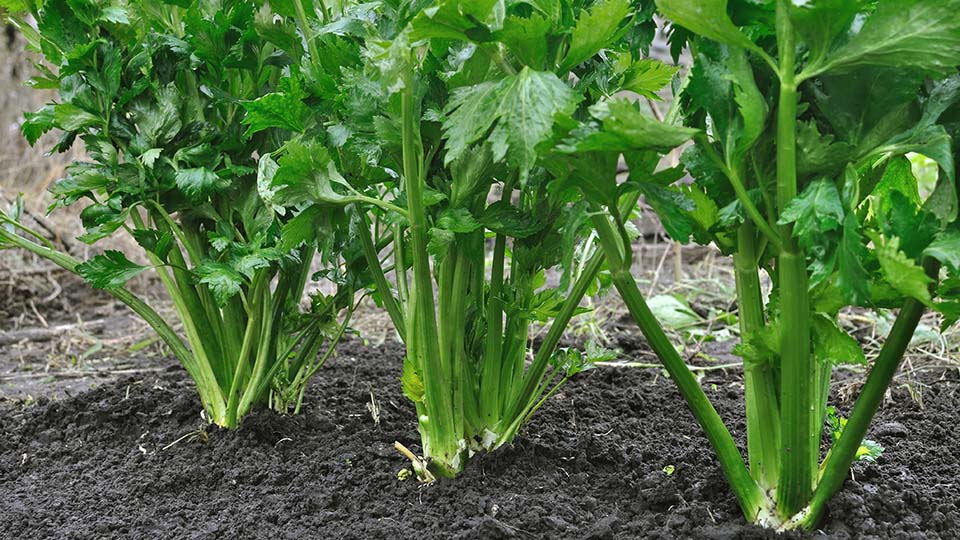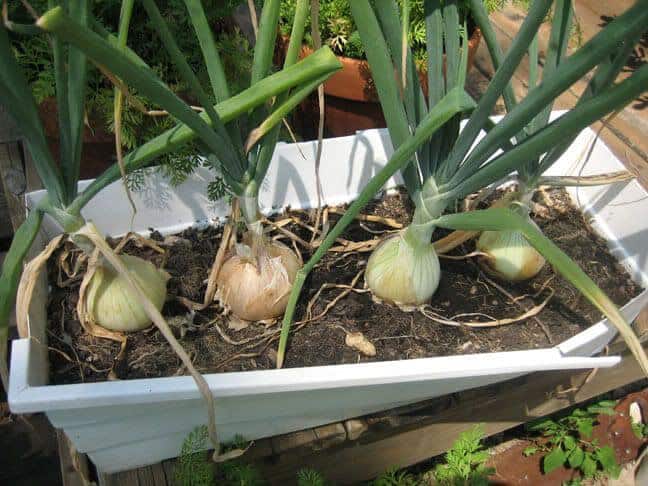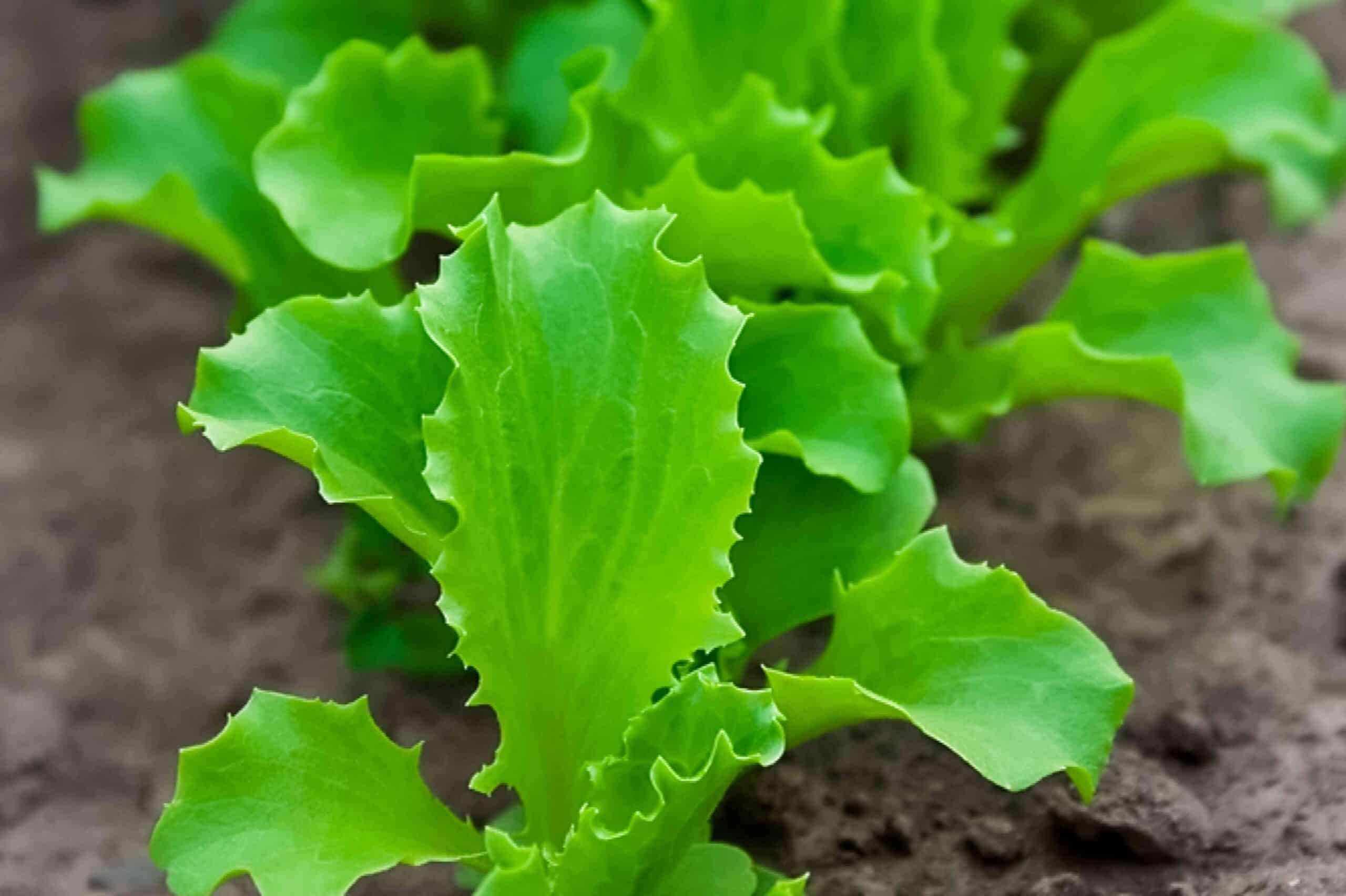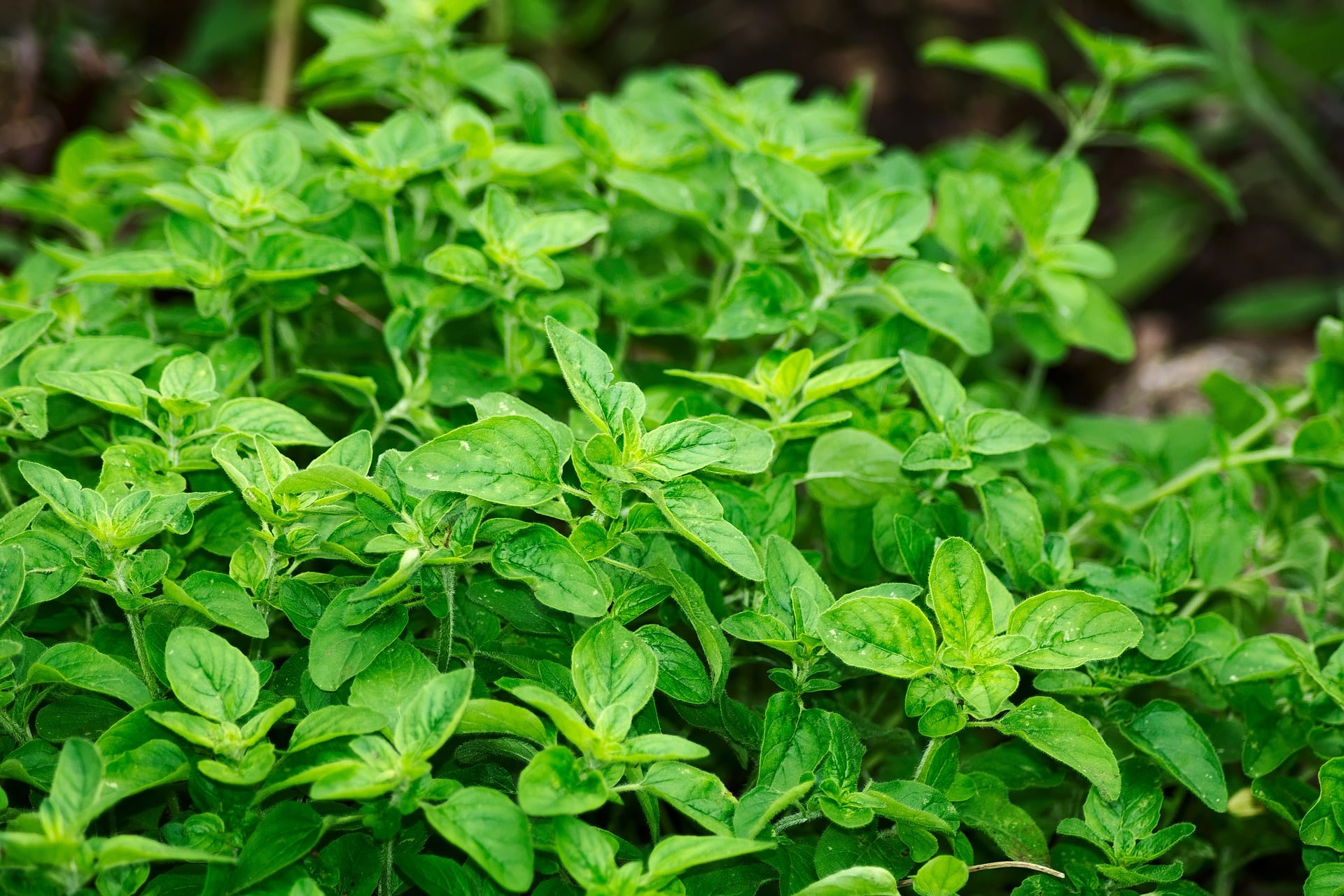Are you thinking of growing tomatoes in your garden? Growing tomatoes at home can be rewarding and offer a way to get more flavorful and fresh tomatoes and explore different flavors, colors, and sizes.
However, although tomatoes are easy to plant and maintain, low production, diseases, and pests can impact them. Here’s some good news, though: you can overcome these problems through companion planting.
Consider planting them alongside compatible companion plants to maximize your tomato plants’ productivity and health. Companion plants harmonize with tomatoes, enhancing their growth, flavor, and resilience while deterring pests and diseases.
The Best Companion Plants For Tomatoes
1. Basil
This plant is both a beloved culinary herb and a fantastic companion plant for tomatoes. The aromatic oils basil releases infuse the air, enhancing the taste of nearby tomatoes. Also, interplanting basil with tomatoes can help deter pests that commonly afflict tomato plants, like aphids, whiteflies, and tomato hornworms.
Moreover, basil plants can help fill the space between tomato plant bases, thus providing ground cover, reducing weed growth, and conserving soil moisture.
Read More:
- Why Are My Tomato Leaves Turning Yellow?
- Why Are My Tomato Leaves Curling?
- What To Plant With Roses
- How To Amend Clay Soil For Gardening
2. Chives
The sulfur compounds in chives give this herb its characteristic aroma. But that’s not all; the aroma naturally repels pests such as thrips and aphids, making chives great tomato companion plants.
Since chives have shallow root systems and upright growth, they can coexist with tomato plants without competing for resources. Additionally, chives add organic matter to the soil as they decompose, boosting your garden’s health.
3. Thyme
Fresh thyme adds a savory and aromatic element to your recipes, from sauces and soups to roasted vegetables. In your garden, this edible, low-growing fragrant herb makes a great companion for your tomato plants.
Its essential oils emit a strong aroma that repels pests such as aphids, whiteflies, and cabbage worms. In addition, thyme attracts beneficial insects that help pollinate tomato flowers and help prey on pests like aphids and caterpillars.
Read More: The Best Companion Plants for Hydrangeas
4. Sage
Keep cabbage moths, carrot flies, some beetle species, and other garden pests away from your tomato plants with the help of sage. Furthermore, sage provides a habitat that supports beneficial insects that will help pollinate your tomato plants and make them resilient and healthy.
Note that sage and tomatoes have different growing conditions, with sage thriving in drier conditions. So, plant sage plants in containers close to your tomato plants.
Read More: How To Get Rid Of Aphids In The Garden
5. Parsley
Aphids can wreak havoc on your tomato plants if you let them. Luckily, flowering parsley entices ladybugs, who are top predators of aphids. Therefore, consider planting parsleys evenly around the tomato bed or interplanting them between tomato rows.
Apart from controlling aphids, parsleys also repel pests such as carrot flies and asparagus beetles. The best conditions for thriving parsleys are well-draining soil and full sun.
6. Cilantro
As a companion plant for tomatoes, cilantro will attract beneficial insects, repel harmful insects, and provide partial shade for tomato plants when hot. Also, cilantro’s deep roots improve drainage and loosen compacted soil.
Moreover, mulch will serve as a living mulch for your tomato plants. Interplant cilantro seedlings or seeds among your tomato plants, spacing them appropriately. Alternatively, plant cilantro around your tomato patch’s perimeter.
7. Calendula
Calendula’s orange and bright yellow flowers attract diverse pollinating insects. The blooms are also edible with a slightly peppery taste; you can use them to add color to your salads and baked goods, garnish dishes, or make teas and infused oils.
This flowering plant also emits a musky, woody fragrance that deters hornworms, aphids, and whiteflies. You can also plant Calendulas to shade the soil and suppress weeds around your tomato plants.
8. Marigolds
Marigolds are excellent deterrents of harmful insects, especially whiteflies, so plant these stunning plants liberally around your tomatoes. Certain marigold varieties, particularly French marigold and Mexican marigold, release compounds from their roots that suppress nematodes, which tend to harm tomato roots.
Water your marigolds moderately, letting the soil dry out slightly before watering again, but it shouldn’t be completely dry.
9. Nasturtiums
Use nasturtiums as a trap crop to attract pests away from tomatoes. Whiteflies, aphids, and other pests may gravitate towards nasturtiums rather than the tomato plants, helping control garden pests. Nasturtiums can also keep pests away altogether by repelling them with their pungent smell.
You can plant nasturtiums among your tomatoes to boost nutrients and soil fertility.
10. Zinnias
These are among the most colorful and vibrant plants that can benefit your tomato plants. Pollinators will flock to the bright and abundant flowers, increasing pollinator activity and thus boosting tomato fruit set and yield.
Zinnias effortlessly make an area visually interesting, so if not to attract pollinators, interplant them with tomatoes for their vibrancy. Zinnia flowers’ vibrant colors and varied heights complement the foliage and tomato fruits.
11. Sunflowers
Tomatoes and sunflowers make an excellent pair. For instance, sunflowers’ sturdy stems can support tomatoes by letting the tomato vines climb and twine around them.
Also, sunflowers’ large leaves and dense foliage can help shield tomato plants from excessive sun exposure and wind stress during those hot summers and windy days. Sunflowers are also excellent pollinator attractants and are cheerful and vibrant plants.
12. Asparagus
This perennial vegetable is an excellent companion plant if you want to boost your tomato plants’ overall health. Asparagus prevents wilting, stunting, and chlorosis in tomato plants by releasing compounds that are harmful to root-knot nematodes.
Moreover, asparagus secretes a natural fungicide that aids in warding off early blight and botrytis. Also, having this vegetable nearby can increase the soil’s nitrogen content.
13. Carrots
Interplanting tomatoes with carrots helps aerate the soil. Loose, well-aerated soil promotes healthier root growth for tomatoes and allows for better nutrient uptake.
Carrots do not take much space, nor will they compete for resources with your tomato plants since both plants have different root zones and soil depths. Furthermore, introducing carrots into the garden alongside tomato plants increases biodiversity.
14. Beans
Tomatoes, being heavy nitrogen feeders, can benefit significantly from the nitrogen-fixing capabilities of beans, making the soil more fertile and nutrient-rich. You can also maximize garden space by interplanting tomatoes with beans.
Beans, particularly pole beans, can climb vertically using their tendrils or support structures, while tomatoes typically have a bushy growth habit. This allows both plants to grow without competing for space.
Sow bean seeds at the same time you transplant tomato plants.
15. Radishes
Are flea beetles causing you headaches? Plant radishes alongside tomato plants. The flea beetles will pick a radish instead of tomatoes, so while this means sacrificing the radish plants, your tomato plants will stay healthy.
Also, radishes’ taproots penetrate deeply into the soil, breaking up compact soil and enhancing soil aeration and drainage. Since radishes grow fast, they shade the soil, reduce weed competition, and diversify your garden.
16. Garlic
This vegetable is not only a popular culinary ingredient but also a superb pest deterrent and soil-borne disease suppressant thanks to its antifungal and antibacterial properties. It works against damping-off, fusarium wilt, and early blight.
Garlic can mask the smell of ripening tomatoes, keeping moths from them, and with shallow roots, the soil around your tomatoes will stay healthy. You can enhance the flavor of your tomatoes by harvesting them with garlic.
17. Celery
Tomato and celery plants can grow together without either crop getting hurt. Both plants have the same nutrient and soil requirements, but keep in mind that they are heavy eaters, so ensure the soil has sufficient nutrients.
Celery plants’ fibrous roots loosen the soil and prevent waterlogging. On the other hand, tomato plants’ deep roots complement celery’s shallow ones. Moreover, the shade provided by celery can benefit tomato plants.
18. Onions
Like garlic, the pungent odor onions emit can repel pests such as aphids, thrips, and spider mites that can cause trouble to tomato plants. Onions also deter slugs, snails, and beetles.
Plant the onions between the tomato plants, spacing them correctly (typically 4-6 inches apart) to avoid overcrowding. Either plant them simultaneously or stagger the planting so that the onions will already be established when the tomatoes start growing vigorously.
19. Lettuce
You can slot lettuce plants into the space between tomato plants to fill the gaps and create ground cover, helping reduce weeds and retain moisture. When interplanting these crops, choose a tomato variety that won’t overshadow the lettuce or consume a lot of space and lettuce varieties that mature relatively quickly.
Both lettuce and tomatoes prefer fertile, well-draining soil, so add compost or well-rotted manure to your garden soil. Plant the lettuce either before or after the tomatoes.
20. Oregano
Oregano isn’t just a tasty, flavorful addition to different recipes but also a valuable companion plant for tomatoes. This herb attracts pollinators and beneficial insects, and its strong scent repels pests. However, this plant only does its job as a companion plant if you let it flower.
Summary
The secret to a thriving tomato garden could be companion planting. However, not every plant is a suitable companion plant for tomatoes, so pick wisely. The plants discussed above are excellent choices. When companion planting, space the plants appropriately and rotate the crops each season to deter pest and disease buildup.

Hey there, fellow plant enthusiasts! I’m Rachel, the green-thumbed writer behind Rooted In Garden. With a deep-rooted love for all things botanical, I’ve made it my mission to help you cultivate a thriving collection of houseplants. As a devoted plant parent myself, I understand the joys and challenges that come with nurturing these leafy wonders. Whether you’re a succulent aficionado, an orchid enthusiast, or simply adore all potted flora, join me on this journey as we explore the secrets to growing and caring for our beloved green companions. Together, let’s create a flourishing oasis indoors.

